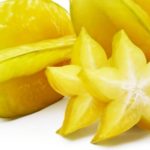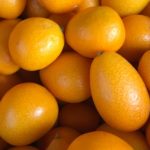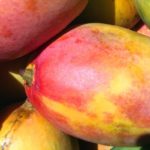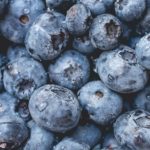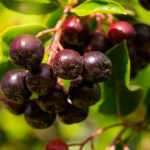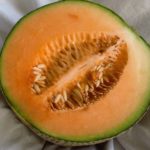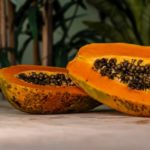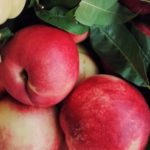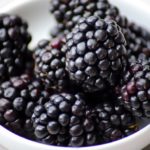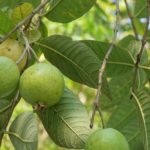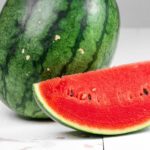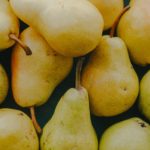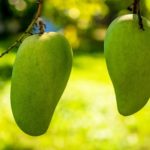10 Facts About Pomegranate – Interesting and Historical Facts
The pomegranate, which is lovingly known as the “Jewel of Winter,” has been associated with history and romance for centuries. Let’s learn more about this fruit by checking these ten facts about the pomegranate.
10 Facts About Pomegranate
- According to old mythology, the pomegranate was treated as one of the noble fruits.
- Pomegranate or Punica granutum is said to be a native of Iran and the Himalayas of Northern India. However, it was the most widely cultivated fruit of the Mediterranean region, Southeast Asia, Malaysia, and the East Indies since ancient times. Spanish settlers introduced this royal fruit in California in 1769.
- The pomegranate tree is a shrub or small tree, 12-14 ft high, however, it can attain a maximum height of up to 20 – 30 ft. The leaves are glossy and lance-shaped while the flowers are attractive scarlet or white-colored. Pomegranate fruit is nearly round in shape and is crowned by a prominent calyx at the end of the fruit base. The skin is rough and leathery and surrounds the extremely juicy red or pink fruits.
- Historically, the pomegranate is one of the symbols of Armenians. It is a national fruit in Armenia. Another national fruit in this country is the apricot.
- Pomegranate explorers found different varieties in different countries. While “Ahmar”, “Ashwad”, or “Halwa” are the important varieties in the Middle East the most common and popular variety in the US is the “Wonderful.” There are other varieties like “Grenada, Early Foothill, and Early Wonderful.”
- Fresh pomegranates are available in September and December. It has a long storage life. The pomegranate improves its quality if stored properly in a cool dark place. In the stored stage, the fruit becomes juicier and tastier. It can be kept for 2 months in a refrigerated condition.
- This fruit does not contain cholesterol and is one of the healthiest fruits.
- A pomegranate has had significance from early history as a healthy fruit. The ancient Greek, Hebrew, and Chinese cultures called it the power of resurrection, invincibility, and longevity. The pomegranate is a high source of Potassium, Vitamin-C, and Polyphenols. It also contains a rich level of flavonoids, potent antioxidants, which help to decrease the risk of heart disease and cancer.
- A pomegranate is enjoyed fresh. Take out the red, ripe juicy little separated inner portions of the fruits, put them in your mouth and simply chew – it gives real pleasure to dining!
- Apart from eating fresh, pomegranate juice is also quite popular. It is used to make jelly, salads, and wine. In Northern India, a dried pomegranate is used as a spice.
These were 10 interesting facts about pomegranate!


